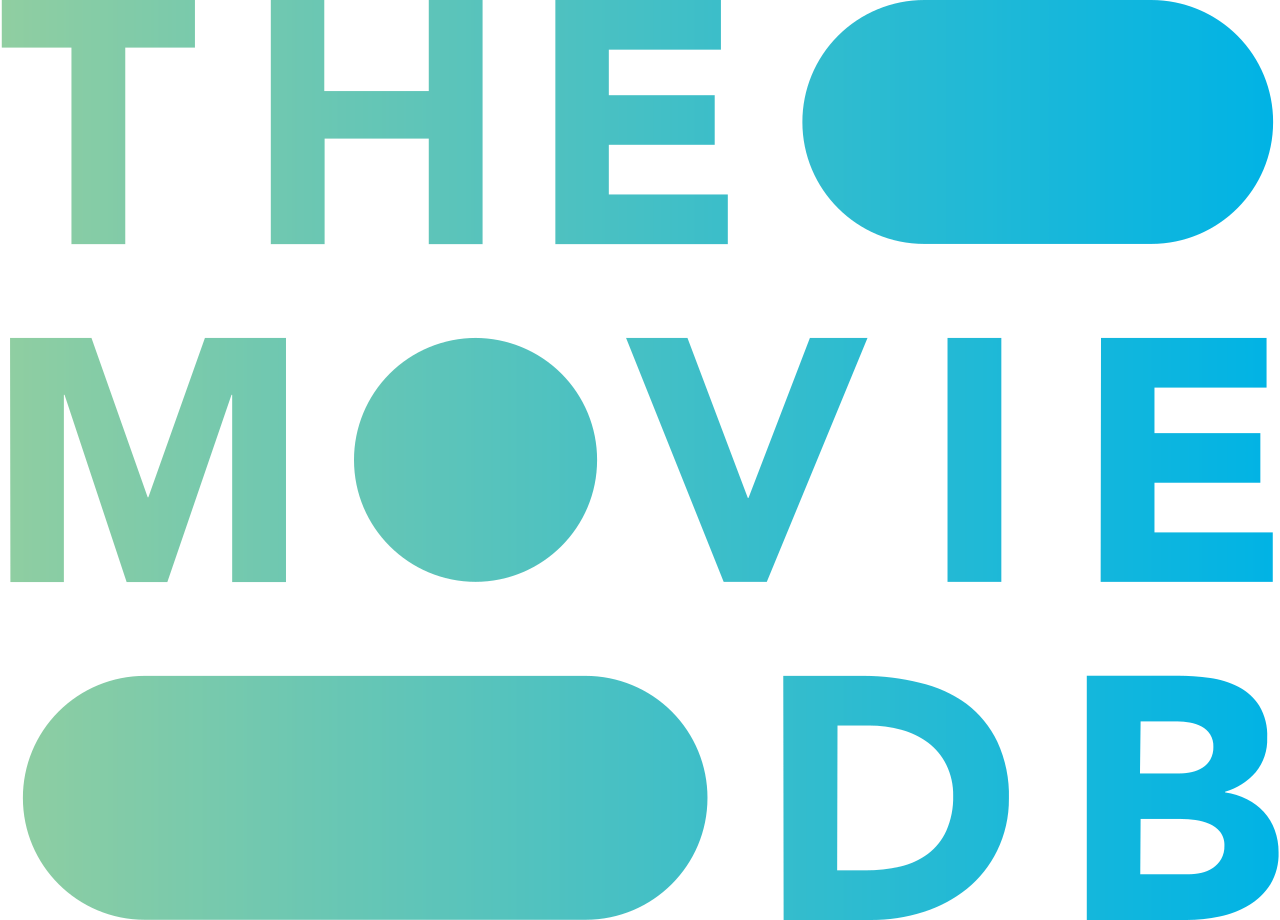No Man of God 2021

As electrocution loomed, Ted Bundy revealed his darkest secrets to a single, trusted confidant - FBI agent Bill Hagmaier. This true story explores the eerie bond forged between predator and investigator, as they navigate the tangled web of Bundy's crimes in the years leading up to his execution, shedding light on the mind of a monster.
Does No Man of God have end credit scenes?
No!
No Man of God does not have end credit scenes.
Actors
Meet the cast of No Man of God and learn about the talented actors who brought the characters to life. Explore their roles and career highlights.

Mac Brandt
Guard Paluger

Aleksa Palladino
Carolyn Lieberman

Robert Patrick
Roger Depue

Elijah Wood
Bill Hagmaier

Luke Kirby
Ted Bundy

Gilbert Owuor
Assistant Warden Paul Decker

Hugo Armstrong
Colorado Investigator

Christian Clemenson
Doctor James Dobson

Emily Berry
Idaho Investigator

Will Harris
Oregon Investigator
Links
Explore where to watch No Man of God online. Find reviews, ratings, and detailed movie information on other platforms like Metacritic, Rotten Tomatoes, IMDb or TMDb
Ratings
Discover how No Man of God is rated on popular platforms like IMDb, Metacritic, and TMDb. Explore audience and critic scores to see how this movie ranks among the best.

67
Metascore
7.1
User Score


81%
TOMATOMETER

62%
User Score

6.4 /10
IMDb Rating

66
%
User Score

5.00/5
From 1 fan rating
Movie Quiz
Challenge your knowledge of No Man of God with an engaging quiz. Test your memory of the movie’s characters, plot twists, and unforgettable moments.
No Man of God Quiz: Test your knowledge of the intense psychological drama surrounding Ted Bundy and his interactions with Bill Hagmaier.
In what year does the story of 'No Man of God' begin?
Plot Summary
Get the full story of No Man of God with a detailed plot summary. Dive into its themes, characters, and the twists that make it a must-watch.
As 1985 unfolds, an unusual set of events leads to the gathering of a select group of FBI agents from the Behavior Science Unit, including the rookie investigator Bill Hagmaier, to engage with Ted Bundy, a notorious death row inmate. Their mission is to delve into Bundy’s psyche, a complex task that Hagmaier willingly embraces despite the known distrust Bundy has for the FBI. Through a series of meaningful exchanges via letters, Bundy starts to open up to Hagmaier, revealing his interests while subtly probing for personal weaknesses.
As the correspondence evolves, Hagmaier makes a visit to Florida State Prison to confront Bundy in person. Here, the discussion takes a darker turn as they explore the themes of pornography and detective magazines as potential influencers of serial killer behavior. Bundy masterfully guides the dialogue, extracting intimate details from Hagmaier’s life and creating a bond of trust between them. He provides a chilling analogy, comparing investigators to fishermen: the deeper they cast their lines, the more elusive the catch becomes. Bundy ominously suggests that one day, he might take Hagmaier on a metaphorical journey to explore the depths of his psyche.
The year 1986 sees Hagmaier returning to the prison for another meeting with Bundy, and this time they examine a collection of crime scene photographs related to the infamous Green River case. As Bundy analyzes this complex case, he begins to share more of his psychological insights, unraveling the twisted logic that drives his actions.
When Hagmaier reconnects with Bundy in 1987, they engage in a conversation about their children and the innocence of youth. But Bundy becomes aware of Hagmaier’s deep emotional involvement and taunts him, inciting him to contemplate what he would do if he were to escape. Hagmaier’s unsettlingly accurate response elicits a fierce reaction from Bundy, who then divulges personal insights, challenging the very foundations of Hagmaier’s beliefs about him. In a poignant moment, Bundy asserts that he and Hagmaier could easily switch places, piercing through Hagmaier’s psyche.
As Ted’s execution by electrocution approaches in 1989, with only a week left for appeals, the situation escalates into a media spectacle, with crowds gathering outside the prison demanding answers. Bundy insists that he must confess his crimes, but he believes that only Hagmaier can facilitate this process. However, when Carolyn Lieberman arrives to represent Bundy, she takes control of the situation, wary of Hagmaier’s FBI connections.
Despite Carolyn’s reservations, Bundy adamantly demands Hagmaier’s presence during the critical confessions. Throughout the interviews with various state investigators, Bundy admits to a staggering number of murders—30 in total. Meanwhile, Carolyn sets up a meeting between Bundy and Dr. James Dobson, hoping that his influence might grant Bundy a reprieve. However, after their discussion, Dobson reveals to Carolyn a harsh truth: the governor has no intention of granting clemency.
In the days leading to his execution, Bundy’s mental clarity begins to slip, prompting a last-minute sanity hearing where Hagmaier’s testimony is vital in assessing Bundy’s fitness for execution. Ultimately, the psychiatric board determines that Bundy is sane, allowing the execution process to move forward.
As the execution day looms, Hagmaier engages in a heartbreaking dialogue with Bundy, who candidly recounts the murder of one of his victims, leaving Hagmaier shaken. In a moment cloaked in tension, Bundy expresses gratitude for their bond, yet also reveals his suicidal thoughts, his expression illuminated by a desperate intensity. Hagmaier’s response is stark and challenging: > “Your victims didn’t prepare for death.”
This moment resonates heavily between them as the reality of Bundy’s actions is laid bare. In the warden’s office, Hagmaier learns that he will not be part of the execution, reducing him to merely an observer. Alone and overwhelmed by the circumstances, he reaches out to his son, sharing a fleeting moment of connection as the outside world buzzes with news of Bundy’s death.
The atmosphere bursts with anticipation and mixed emotions as cheers erupt beyond the prison walls, signaling a chilling reminder that justice, while delivered, may not always lead to satisfaction for those entangled in its web.
Keywords
Discover the keywords that describe the themes and topics of the movie. Explore the keywords that define the essence of the film.
Featured on this page

What's After the Movie?
Not sure whether to stay after the credits? Find out!
Check out our other apps:
Actors
Companies
Latest Movies
© 2025 What's After the Movie. All rights reserved.












